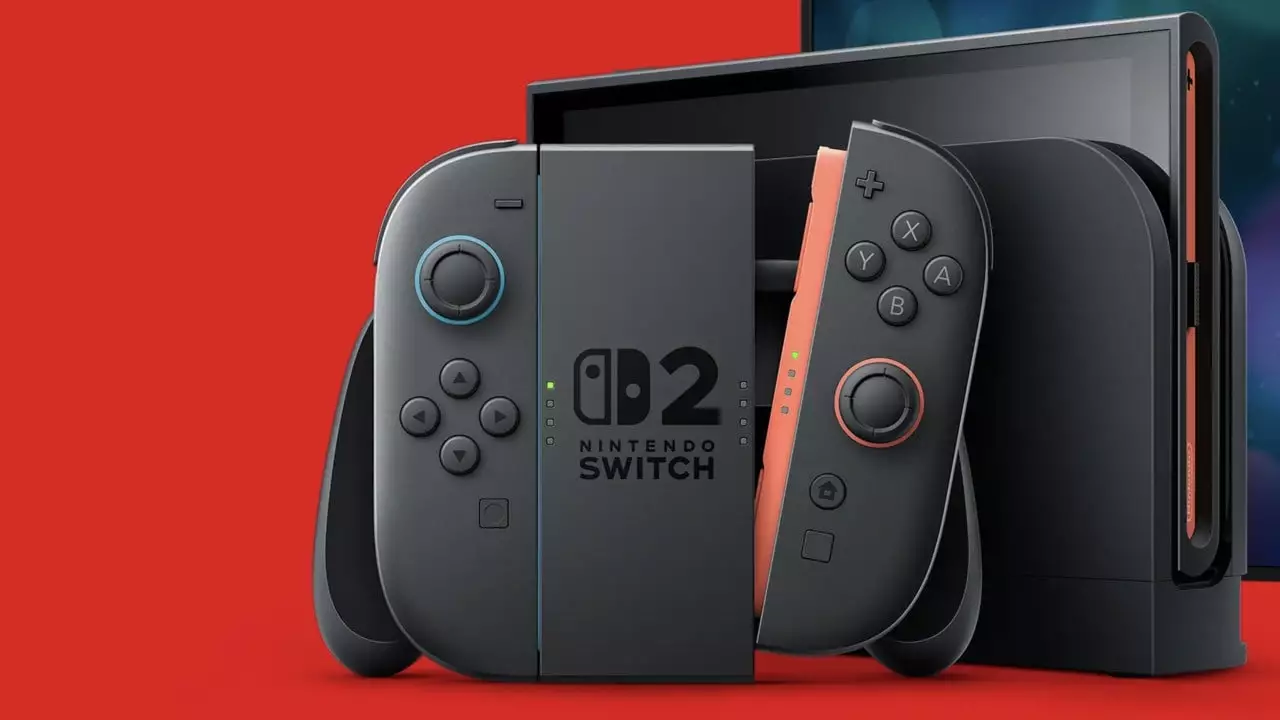Nintendo’s decision to name its next-generation console the “Switch 2” raises important questions about the significance of brand identity in the gaming industry. Ex-PlayStation executive Shawn Layden recently emphasized this point, highlighting Nintendo’s established reputation and success with the original Switch. With over 146 million units sold globally by September 2024, the term “Switch” has undoubtedly become synonymous with Nintendo’s innovative approach to gaming. Layden’s assertion that there is considerable “brand value” in the Switch name emphasizes how previous successes create a foundation that companies can build on. Rather than risking confusion or diluting that brand equity with a more adventurous title, sticking with “Switch” reinforces the legacy of their existing product.
In a rapidly evolving gaming landscape, understanding a company’s market positioning is crucial for successful product launches. Nintendo has carved out a unique niche for itself, unlike its competitors. Layden described this phenomenon as creating a “private Idaho,” a term that encapsulates Nintendo’s ability to thrive independently, even amid fierce competition from giants like Sony and Microsoft. This image of individuality is vital; it allows Nintendo to focus on its strengths and audience without being excessively influenced by prevailing trends or peer strategies. With continued respect from industry peers and audiences alike, Layden suggests that Nintendo will likely maintain its trajectory of innovation and success.
Microsoft Gaming CEO Phil Spencer has also weighed in on the matter, expressing confidence in the upcoming Switch 2’s potential success. His remarks underscore a broader industry consensus that remains cautious yet optimistic about Nintendo’s future. Rather than viewing Nintendo merely as a competitor, many in the industry recognize the company’s history, adaptability, and ability to recover from challenges. This collaborative respect varies from a simple understanding of competition to an acknowledgment that betting against Nintendo’s capabilities is unwise. The insights from Layden and Spencer illuminate a mutual respect that runs deeper than typical corporate rivalry; it recognizes Nintendo’s contributions to the industry.
As consumers, how should we interpret the name “Switch 2”? Some may feel uncertain about whether a numeral addition sufficiently conveys innovation or if it signifies an expansion of the successful Switch legacy. Skepticism can arise when new consoles borrow from their predecessors; however, the clear branding strategy may actually resonate with fans who appreciated the original Switch. By maintaining continuity in its naming, Nintendo could leverage the existing fanbase’s familiarity and loyalty.
In the grand scheme of things, what really matters is how the Switch 2 performs in the market. If it embodies the same creativity and forward-thinking designs that fans have come to expect, the name may become synonymous with a new era of gaming, just as its predecessor did before it. Ultimately, the future remains bright for Nintendo, provided they continue to prioritize their unique brand identity while embracing innovation.


Leave a Reply